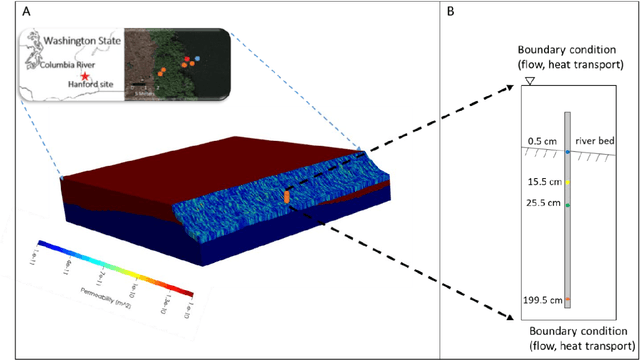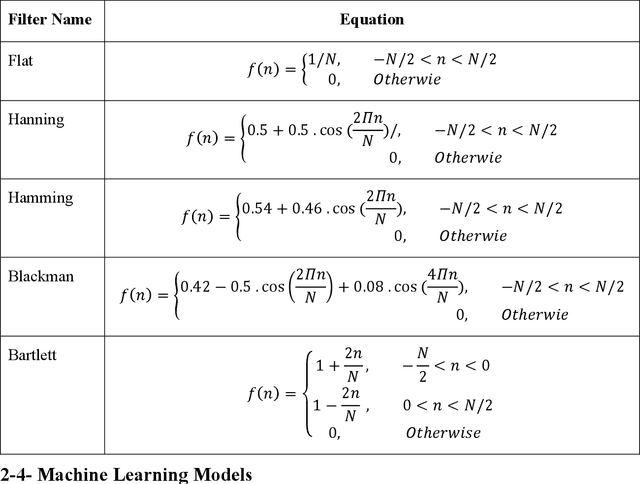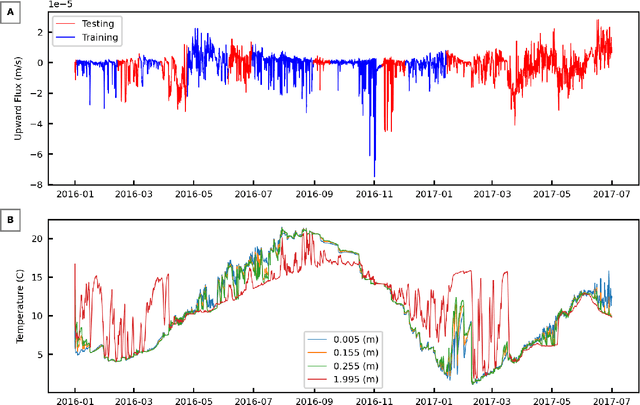Application of Machine Learning Methods in Inferring Surface Water Groundwater Exchanges using High Temporal Resolution Temperature Measurements
Paper and Code
Jan 03, 2022



We examine the ability of machine learning (ML) and deep learning (DL) algorithms to infer surface/ground exchange flux based on subsurface temperature observations. The observations and fluxes are produced from a high-resolution numerical model representing conditions in the Columbia River near the Department of Energy Hanford site located in southeastern Washington State. Random measurement error, of varying magnitude, is added to the synthetic temperature observations. The results indicate that both ML and DL methods can be used to infer the surface/ground exchange flux. DL methods, especially convolutional neural networks, outperform the ML methods when used to interpret noisy temperature data with a smoothing filter applied. However, the ML methods also performed well and they are can better identify a reduced number of important observations, which could be useful for measurement network optimization. Surprisingly, the ML and DL methods better inferred upward flux than downward flux. This is in direct contrast to previous findings using numerical models to infer flux from temperature observations and it may suggest that combined use of ML or DL inference with numerical inference could improve flux estimation beneath river systems.
 Add to Chrome
Add to Chrome Add to Firefox
Add to Firefox Add to Edge
Add to Edge